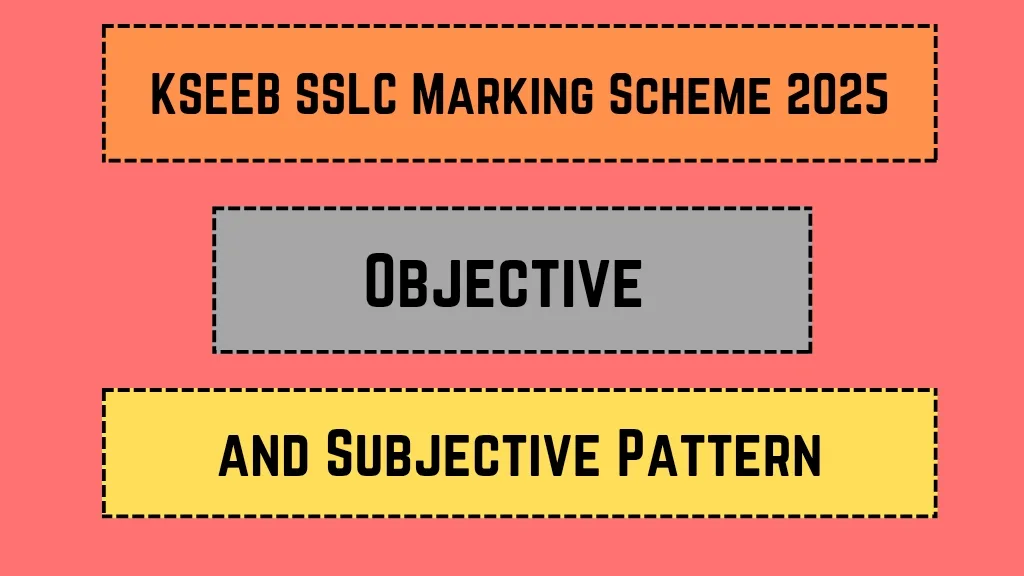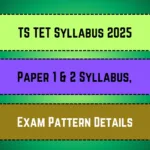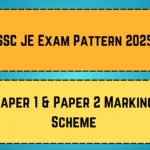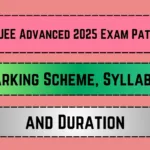The Karnataka Secondary Education Examination Board (KSEEB) SSLC exams are a crucial milestone for students. With the 2025 marking scheme introducing a mix of objective and subjective patterns, understanding the breakdown is key to scoring well. Whether you’re a student, parent, or teacher, this guide covers everything—exam structure, weightage, grading system, and insider tips to ace the tests. Let’s dive in!
Key Highlights 📌
| Detail | Description |
|---|---|
| Organization Name | KSEEB (Karnataka Secondary Education Examination Board) |
| Exam Mode | Offline (Pen & Paper) |
| Total Marks | 625 (Theory + Practical) |
| Passing Marks | 35% in each subject |
| Question Types | Objective (MCQs) + Subjective (Descriptive) |
| Grading System | A1, A2, B1, B2, C1, C2, D, E |
| Languages Offered | Kannada, English, Hindi, Urdu, etc. |
| Result Declaration | May 2025 (Tentative) |
| Official Website | kseab.karnataka.gov.in |
KSEEB SSLC 2025 Exam Pattern 📝
The 2025 SSLC exams follow a dual assessment model:
1. Objective Section (MCQs)
- Weightage: 20-30% (varies by subject)
- Question Type: Multiple-choice (One-word answers, fill-ups, matching)
- Purpose: Tests conceptual clarity and quick recall
2. Subjective Section (Descriptive)
- Weightage: 70-80%
- Question Type: Short & long answers, derivations, diagrams
- Purpose: Evaluates analytical skills, depth of understanding
Subject-Wise Marking Breakdown 📊
Here’s how marks are distributed across core subjects:
| Subject | Theory Marks | Practical/Internal | Total |
|---|---|---|---|
| Mathematics | 80 | 20 | 100 |
| Science | 80 | 20 | 100 |
| Social Science | 80 | 20 | 100 |
| Languages | 80 | 20 | 100 |
Note: Internal marks include projects, lab work, and oral tests.
Why the Shift to Objective + Subjective? 🤔
KSEEB introduced this hybrid model to:
✅ Reduce rote learning – MCQs test application-based knowledge
✅ Balance speed & depth – Quick thinking (objective) + detailed analysis (subjective)
✅ Align with NEP 2020 – Focus on critical thinking over memorization
Example: In Science, instead of just defining “photosynthesis,” students may get an MCQ like:
“Which gas is released during photosynthesis? (a) Oxygen (b) Carbon dioxide”
Grading System: How Marks Convert to Grades 🏆
KSEEB uses an 8-point grading scale:
| Grade | Marks Range |
|---|---|
| A1 | 90-100 |
| A2 | 80-89 |
| B1 | 70-79 |
| B2 | 60-69 |
| C1 | 50-59 |
| C2 | 35-49 |
| D | Below 35 (Fail) |
Pro Tip: Aim for A1 or A2 to boost college admission chances!
Expert Tips to Score High in 2025 Exams 🚀
1. Master the MCQ Section
- Practice previous years’ papers (KSEEB releases official question banks)
- Use elimination techniques for tricky questions
2. Ace the Subjective Part
- Structure answers with intro, explanation, conclusion
- Highlight key terms (Ex: “As per Newton’s Third Law…”)
3. Time Management
- Spend 30 mins on MCQs, rest on descriptive answers
Real-Life Example: Rahul, a 2024 topper, scored 98% by solving 10+ mock tests weekly!
Common Mistakes to Avoid ❌
| Mistake | Solution |
|---|---|
| Ignoring diagrams in Science | Practice labeled diagrams for Bio/Chem |
| Rushing through MCQs | Read questions twice before answering |
| Leaving easy questions | Attempt known ones first |
Neha Patel is a career guidance writer specializing in exam results and admit cards. With a Master’s in Human Resources and 8+ years of experience, Neha loves helping students navigate their academic journeys. She enjoys practicing yoga.


![JKBOSE 10th Passing Marks 2025: Theory & Practical [All Subjects] JKBOSE 10th Passing Marks 2025_20250430_092546_0000](https://kpexams.in/wp-content/uploads/2025/04/JKBOSE-10th-Passing-Marks-2025_20250430_092546_0000-150x150.webp)




